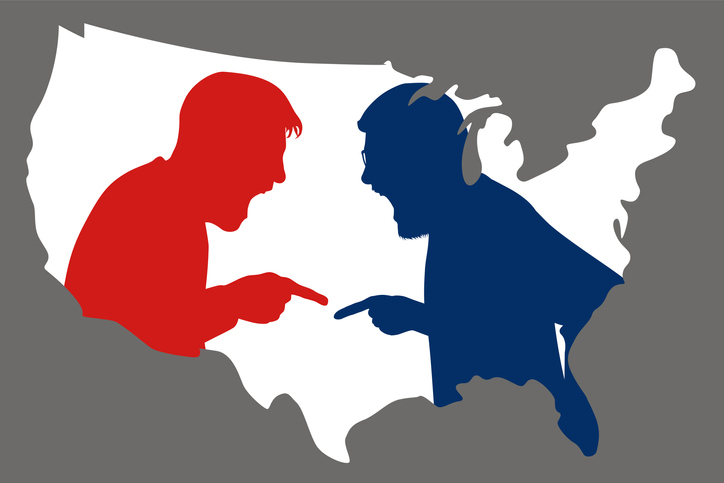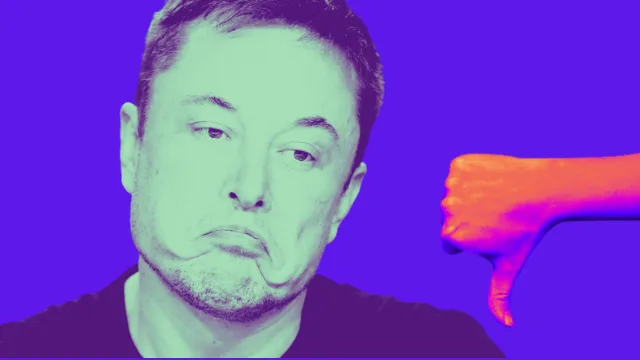Two divergent economic strategies, Reaganomics and Bidenomics, have taken center stage as the US struggles with economic woes and looks for solutions. The beliefs and techniques used to implement these policy initiatives, by previous President Ronald Reagan and current President Joe Biden, differ dramatically. Bidenomics adheres to demand-side economics, putting emphasis on government spending and investment, in contrast to Reaganomics, which stressed supply-side economics and pushed for tax cuts and less regulation.
What is Bidenomics?
The economic strategies of President Joe Biden are referred to as “Bidenomics.” The Wall Street Journal coined the phrase in April 2021, and both advocates and detractors of Biden’s economic program have since utilized it.
Although there is no clear definition of the word “Bidenomics,” it often refers to Biden’s emphasis on using government expenditure and regulation to spur economic growth. Supporters of Biden contend that his policies are essential for addressing the economic issues the US is currently experiencing, including income inequality and climate change. Critics of Biden contend that his initiatives would increase inflation and are too expensive.
Some of the main components of Bidenomics are:
- The $1.9 trillion American Rescue Plan, which was approved in March 2021, extended unemployment benefits, provided direct payments to the majority of Americans, and funded programs to combat COVID-19 and distribute vaccines.
- The $1.2 trillion Infrastructure Investment and Jobs Act, which was passed in November 2021 and offers funds for clean energy and broadband internet projects as well as for roads, bridges, and public transportation.
- The House of Representatives enacted the $1.75 trillion Build Back Better Act in November 2021, but the Senate has not yet approved it. Funding for child care, education, healthcare, and climate change mitigation would be provided through the measure.
What is Reaganomics?
Reaganomics is a term used to describe the economic policies of Ronald Reagan, the 40th President of the United States. The term was first used in 1981, shortly after Reagan took office.
Reaganomics is based on the supply-side economics theory, which contends that lowering taxes and decreasing regulations will encourage economic growth. Reagan thought that lowering taxes would encourage businesses to invest and produce jobs, and that less regulations would make it possible for companies to run more effectively.
Reaganomics also advocated cutting social welfare programs and increasing military budget. Reagan stated that these measures were required to lower the size of the federal government and achieve budget parity.
Reaganomics was divisive from the beginning. There would be a rise in income inequality and a decrease in social services, according to critics. They asserted that it would instead result in bigger deficits and inflation rather than stimulating economic growth.
Reaganomics was enacted by the Reagan administration despite the opposition. The administration increased military spending, lowered regulations, and enacted a number of tax cuts. Although the economy did expand under the Reagan administration, it is difficult to determine if Reaganomics or other causes were to blame.
Supply-side economic ideas are still referred to as Reaganomics today. Similar economic strategies like those of the Reagan administration are also referred to by this term.
Some of the main Reaganomics components are as follows:
- Tax reductions: Reaganomics urged significant tax reductions for both individuals and companies.
- Less regulation: Reaganomics advocated for less business regulation from the government.
- Higher military expenditures: Reaganomics advocated higher military expenditures.
- Social welfare program cuts: Reaganomics calls for social welfare program cuts.
Which is better?
The economic philosophies of Reaganomics and Bidenomics are significantly dissimilar. Reaganomics is based on supply-side economics, which maintains that lowering taxes and decreasing regulations will promote economic growth. Contrarily, Bidenomics is based on demand-side economics, which claims that government expenditure and investment boost economic growth.
Here is a table of the key differences between Reaganomics and Bidenomics:
| Reaganomics | Bidenomics |
| Tax cuts | Tax increases for wealthy individuals and corporations |
| Reduced regulation | Increased regulation |
| Increased military spending | Increased spending on social programs |
| Reduction in social welfare programs | Expansion of social welfare programs |
Reaganomics and Bidenomics are two opposing economic strategies with various methods and ideas. Reaganomics, a supply-side economics approach put into practice in the 1980s, prioritized tax cuts, less regulation, higher military spending, and fewer social welfare programs. Although it contributed to the economic recovery, it also resulted in greater income inequality and a reduction in social services. Contrarily, Bidenomics, which is still in its early phases, emphasizes demand-side economics and places a higher priority on government spending, tighter regulations, and bigger social programs to address today’s issues. Although the final success or failure of Bidenomics is yet uncertain, it demonstrates a conviction in the government’s usefulness in fostering growth and meeting social demands. The argument between these two economic models will continue as the country navigates its economic future, influencing the course of the country and its quest of sustainable growth, equality, and social well-being.





